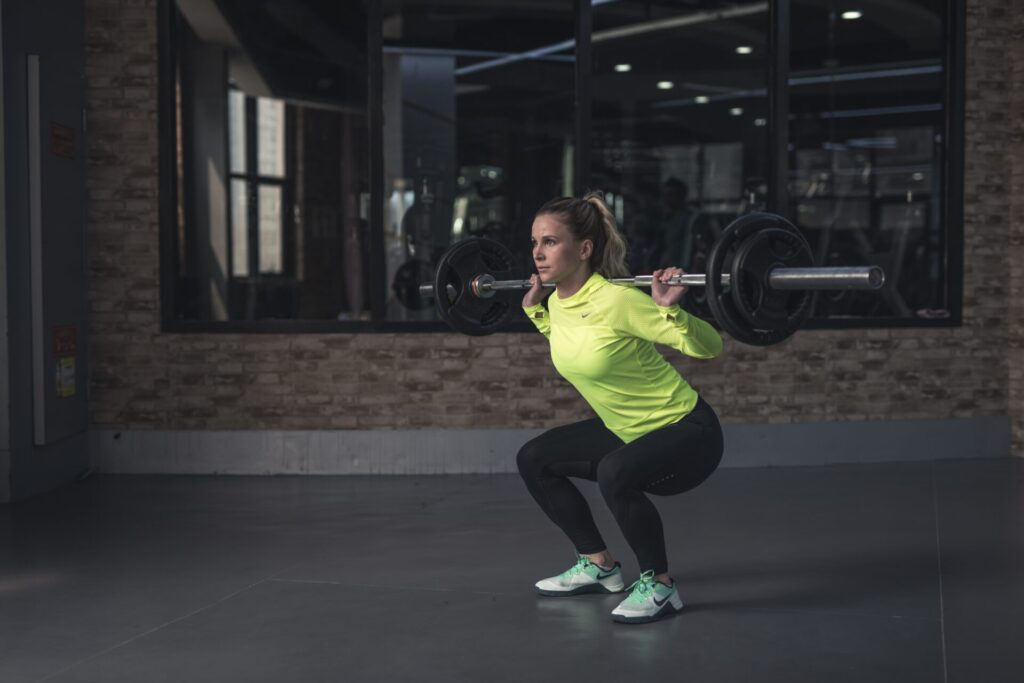Diagnosis and Treatment Options for Hip Pain with Squats
Introduction:
If you’re an active person, especially one who enjoys weightlifting, hip pain with squats can be a common and frustrating issue. While this type of pain may not always be serious, it is important to understand the causes, symptoms, diagnosis, treatment options, preventative measures, and when to seek medical attention so that you can take care of your body when it comes to hip pain.
Causes of Hip Pain with Squats
There are a variety of reasons why someone might experience hip pain during squats. Poor form and technique, muscle imbalances or tightness, tendonitis, and arthritis can all be causes of hip pain when squatting. Additionally, certain underlying medical conditions such as labral tears or nerve damage may also contribute to hip pain during this type of exercise.
Symptoms of Hip Pain with Squats
The symptoms of hip pain during squats can range from mild discomfort to sharp, localized pain in the hips and other areas such as the groin or lower back. Swelling, redness, or tenderness around the joint area may also be present. Depending on the severity of the issue, you may also experience stiffness or difficulty moving around.
Diagnosing Hip Pain with Squats
The first step in diagnosing hip pain is to speak with your physical therapist who will ask questions about your medical history and perform a physical examination. Depending on the results of the exam, you may be referred to your physician for further workup which may include imaging tests such as an MRI or X-ray.
Treatment Options for Hip Pain with Squats
The treatment plan for hip pain during squats will depend on the underlying cause of the issue, but typically includes rest and reducing activity levels, applying ice or heat to the area, stretching and strengthening exercises, physical therapy, and in some cases medications or surgery.
Strengthening exercises may include:
- Squat holds with a resistance band
- Glute bridges
- Clamshells or side leg lifts
- Single leg squats
Stretching exercises may include:
- Pigeon stretch
- Lateral band walks
- Supine hip flexor stretch
- Piriformis stretch
Preventative Measures for Hip Pain with Squats
It is important to use proper form and technique when squatting, as incorrect form can lead to injury. Additionally, engaging in regular stretching and strengthening exercises can help to reduce the risk of developing hip pain during squats. Additionally, slowly increase the intensity and duration of your workout to avoid trauma or overuse injuries.
When to Seek Medical Attention
If you experience persistent hip pain despite self-care treatment or if you have any signs of infection such as redness, fever, or swelling, it is important to seek medical attention. Additionally, if you have any changes in your bowel or bladder function or if the pain is associated with numbness or weakness in your leg, seek medical attention.
Conclusion
Squats are a great way to strengthen the muscles of the hips and legs but can lead to hip pain if done incorrectly or with high-intensity levels. It is important to diagnose and treat hip pain due to squats as soon as possible, as delaying care can lead to further complications. If you experience hip pain while squatting and self-care measures are not helping, seek medical attention immediately. With proper form and technique, stretches, and strengthening exercises, you can reduce the risk of developing hip pain with squats.

